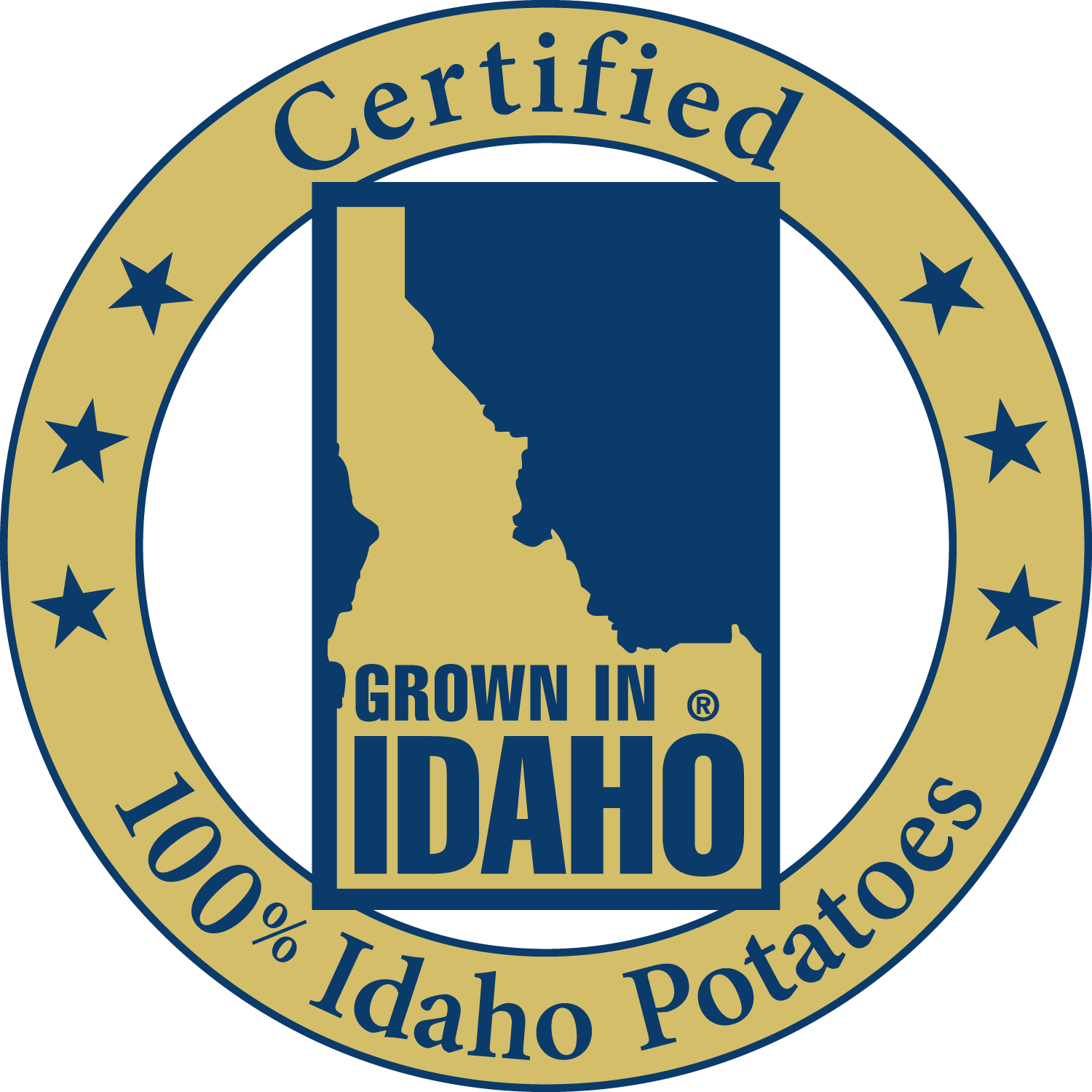Popular Tags
Ask Dr. Potato
With 939 posts, chances are there's already an answer to your question. Please try searching below before submitting a question to Dr. Potato. Use multiple words to help narrow down the results. For example, search for "potatoes" and "group" if looking for an answer on cooking potatoes for large groups.
Potato Growing 101
Potato Growing 101
For this type of question I think we need the expertise of the Idaho Potato Commission’s Industry Relations Director, Todd Cornelison. Todd, any advice?
Absolutely, I’d be glad to share my knowledge!
My name is Todd Cornelison and I work for the Potato Commission, however, prior to that I was involved in a farming operation most of my life.
Potatoes normally grow in a 110-120 day season depending on the variety you planted. Like most plants, the longer they grow, the more yield you will get. However, you need to choose your harvest time based on the size of the potatoes you desire. You do this by occasionally digging up a plant and looking at the tubers under it. If the plants were planted at the same time, most of the potatoes under the plants will be about the same size. Now, when I say same size, I don’t mean all of the potatoes under the plant will be the same size, I mean you will have approximately the same size profile under each plant. So you look at the biggest potatoes and then the others to determine if your crop has the profile you desire, if so, begin your harvest. If you are not sure, you can harvest your plants at different times and give yourself different size profiles. Keep in mind that the bigger potatoes get, the rougher they tend to be, so it is difficult to get really uniform large potatoes.
Your best bet on storage is always to leave them as they were harvested, i.e. with a little dirt still on them. When you wash a potato, it tends to “wake” it up and it wants to grow again, that’s why potatoes sprout. You can limit this by not washing the potato, but you cannot stop it. Farmers here in Idaho manage their storages all winter long with a very precise mixture of humidity and cooling to keep the potatoes dormant. You probably don’t have that luxury so it is going to be very difficult for you to keep all of your potatoes until you can grow next season. This all depends on your growing area obviously.
As far as seed goes: you have already grown it! A potato sprouts, so if you put that potato back into the ground, it will produce another plant. Now keep in mind your seed will not be as healthy as the seed we use in Idaho because we limit the amount of generations that seed can go through prior to planting. In other words, potatoes cease to be seed after planted back a few years in a row. That doesn’t mean they won’t grow, it just means they don’t tend to be a virile as they were when they were younger. Your problem is going to be managing the potato sprouting during the offseason. Without proper storage and ventilation, a potato will sprout and get spongy and wrinkly, while this potato will probably still grow a plant, the plant will probably not be overly healthy. However, if you can manage the sprouting and storage over the offseason, your potatoes will grow when you put them back into the soil.
I hope this clarifies some of your questions.
Thanks
Todd Cornelison
Share This

Dr. Potato isn't a real doctor but a team of potato experts ready to answer all your potato questions.
Click here to submit »
Dr. Potato Categories
The Idaho Potato Commission
Established in 1937, the Idaho Potato Commission (IPC) is a state agency that is responsible for promoting and protecting the famous "Grown in Idaho®" seal, a federally registered trademark that assures consumers they are purchasing genuine, top-quality Idaho® potatoes. Idaho's ideal growing conditions, including rich, volcanic soil, climate and irrigation differentiate Idaho® potatoes from potatoes grown in other states.
Contact
661 South Rivershore Lane
Suite 230
EAGLE, ID 83616
Phone: 208-334-2350
Fax: 208-334-2274
More

